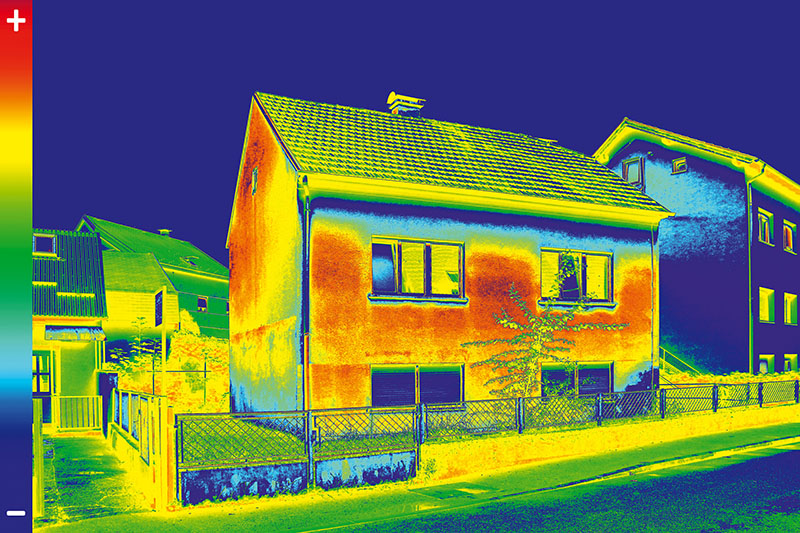
INFRARED OPTICS AND NIGHT-VISION EQUIPMENT
All the residents have fled the burning building – except for one. Two firefighters want to attempt a rescue at the last minute. They find the room, but thick smoke blocks their vision. Despite the heat from the fire, a thermal imaging camera enables them to spot a body due to the difference in temperature – and just in time!
Unlike many animals, although we are able to feel the warm beam of infrared light on our skin at a short distance, we cannot see it. The thermal imaging camera "translates" this light frequency range for human eyes, as it would otherwise remain invisible without technical assistance.
There are different physical and technical methods of translating this light into visible frequencies. Put simply, the incoming original signal is captured by optical components and passed on to an opto-electronic system, which converts it and passes it on as light pulses in the visible frequency range. Following a similar principle, night-vision devices strengthen weak light.
There are numerous application areas for thermal imaging cameras and night-vision equipment. They range from calculating the energy efficiency of buildings to contactlessly measuring fever, to hunting and military applications. In each case, electromagnetic waves are received, focused and directed in a process that is similar to photography and uses the same optical elements: To focus and zoom, lenses are moved, apertures are set, filters are positioned and shutters actuated.

The DC-micromotors with precious metal commutation are ideally suited for such tasks. There is enough space for stepper motors even in the extremely compact dimensions of microlenses. In addition to a wide selection of motors, HT-GEAR also offers the corresponding gearheads, encoders and other accessories.

Highest precision and reliability

Low weight

Cost effective positioning drive without encoder






